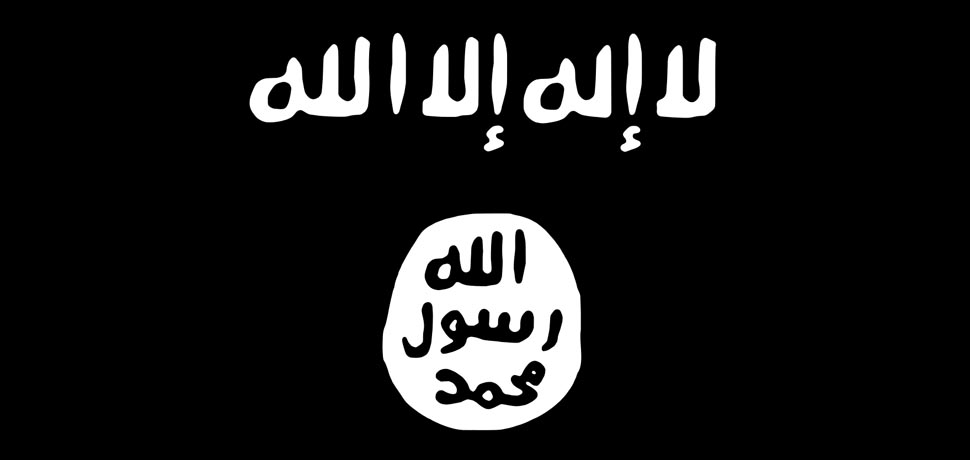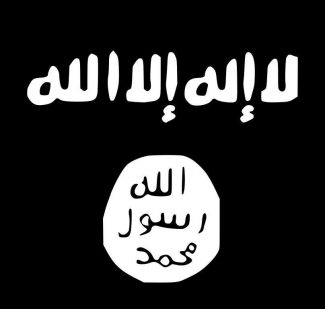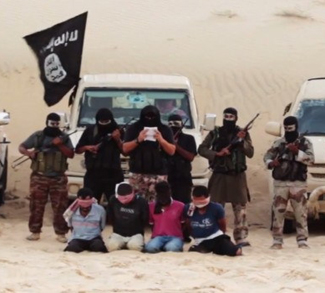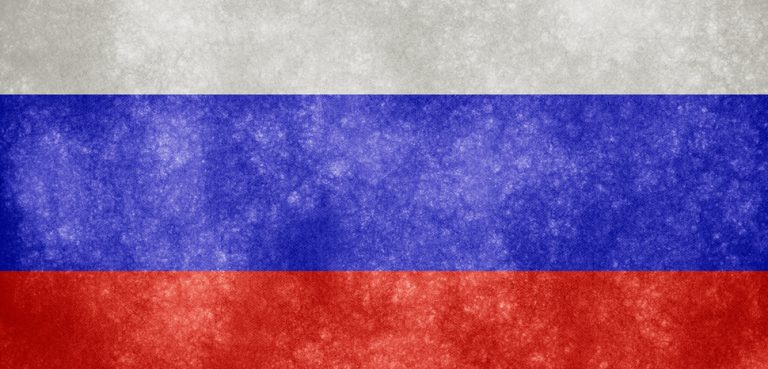On March 11th, according to the Amaq News Agency, an IS-related incident occurred in Lahore, Pakistan, that resulted in the killing and wounding of several Pakistani ISI members. Later, in issue 173 of its weekly magazine al-Naba’, Islamic State reported 59 military operations between the 7th and 14th of March, including eight carried out in Khorasan by its regional organization, Islamic State Khorasan Province, or ISKP.
ISKP is the result of a well-planned project designed between Syria and the Af-Pak region. On 26th January 2015, Abu Muhammad al-Adnani, the then IS chief spokesperson, officially announced in an audio statement the establishment of Wilayat Khorasan. Although still mainly confined within the oriental Afghan provinces of Kunar and Nangarhar, at the border with Pakistan’s Khyber Pakhtunkhwa province (which by May 2018 also includes the FATA), its regional ambition lies in the formation of a great territorial entity stretching from the Central Asian Republics and Afghanistan to Pakistan, including even Kashmir and Xinjiang. While ISKP certainly cannot be militarily and financially equated to other regional groups such as the Taleban and Al-Qaeda (AQ), it has still benefited from the support of Islamic States’ Arab advisors in the past, who have granted ISKP members both logistic and military training, making it one of the deadliest groups operating across these countries.
Even before the proclamation of the Caliphate, Islamic State had developed a special interest for the Af-Pak region, which was seen as a strategic avenue of expansion and a possible safe haven. For instance, IS senior commander Abu Omar al-Shishani appointed Qari Wali Rahman, an Afghan from Baghlan who had fought in Syria in 2013, as Special Representative in Afghanistan to coordinate the affiliated groups. However, the chosen man of IS was not Qari Wali Rahman but Hafiz Saeed Khan, a former Tehrik-e Taliban Pakistan (TTP) senior commander from Orakzai agency who, on 14th July 2012, had agreed to send volunteers to AQ in Iraq and Syria.
When Hafiz Saeed’s volunteers as well as those sent by other groups, such as the Haqqani Network and the Peshawar Shura, returned from Syria and Iraq, their commanders started recruiting new sympathizers of Islamic State ideology from among the locals. By 2014, IS emissaries had already arrived in Afghanistan and Pakistan, establishing a local branch which consisted initially of different allied but formally independent groups. These were Tehrik-e Khilafat Khorasan (TKK), the first officially IS-recognised group; Khilafat Afghan, created by Abdul Kadhim Rauf, former Taliban from the Quetta Shura and allied with another important IS sympathizer, Muslim Dost; Azizullah Haqqani’s group, whose ranks were mainly composed of former Haqqani militants; and Tehrik-e Khilafat Pakistan (TKP), the only one operating in Pakistan and led by Hafiz Saeed Khan himself, the closest to Al-Baghdadi.
Estimates report that today’s ISKP military size could be between 3,000-5,000 members, which grows to 7,000-11,500 if we also consider the manpower of other allied regional actors. This rapid growth in numbers has been possible thanks to ISKP’s quick geographical expansion through its affiliated groups and allies scattered all over the Af-Pak region, and even beyond.
Wilayat Khorasan’s presence in Iran is certainly feeble but, nonetheless, it was sufficient for the group to orchestrate the attack on the Iranian parliament and on the Khomeini shrine on 7th July 2017. Apparently, ISKP can count on the support of three separate groups: Harakat Khilafat Baluchi, Khorasan Branch of Iran, and the West Azerbaijan Islamic Movement.
In Central Asia, however, thanks to Tajik and Uzbek contingents who fought for Islamic State in Syria, local jihadist groups have established close relations with ISKP. Some of the most active groups include the Islamic Movement of Uzbekistan (IMU); Jamaat Ansarullah, the main armed force in Tajikistan; Islamic Movement of Turkmenistan (IMT); East Turkestan Islamic Movement/Party (ETIM/ETIP), one of the main Uyghur armed opposition forces; Gansu Hui Group, a Chinese jihadist group which actually operates as a Chinese Islamic State “penetration project” in China.
Of particular interest is the case of Pakistan. Here not only do we find the presence of groups who have been incorporated within the structure of ISKP, such as Jaysh ul Islam and Mullah Bakhtwar’s group, but also radical student groups who have been the target of an alluring campaign financed with $5 million dollars. Students from the Karachi University; a splinter group of Hizb-ut Tahrir called Saut-ul Ummah in Lahore; even the students of Jamia Hafsa, affiliated of the Lal Masjid, and others: they all declared their support for ISKP.
In addition, Wilayat Khorasan maintain strong ties with numerous extremist groups in Pakistan, above all Lashkar-e Jhangvi and Jundullah, both of them having declared bay’ah. While relations with TTP worsened rapidly, other branches of the Pakistani Taliban such as Lashkar-e Islam (LeI) still retain close links with ISKP. Finally, relations with Lashkar-e Taiba (LeT), often labelled as the “private group of Pakistani ISI,” are very poor, as ISKP, on the one hand, does not want to risk attracting spies inside its ranks and, on the other, does not want to challenge LeT’s interests.
Despite its rapid growth and the very impressive capacity, ISKP suffered immediately from an extremely fragmented social and political environment which often put into question the leadership of the entire organization. One clear example is the rift between Hafiz Saeed and Muslim Dost, the latter openly questioning the legitimacy of the former in October 2015 to the point of claiming the governorship for himself. Apparently, Hafiz Saeed had been trying to marginalize the role of all the Afghan groups inside Wilayat Khorasan to favor his own, TKP. As a result, the majority of the Afghan ISKP leaders refused to recognize Hafiz Saeed, and the feud actually paralyzed the organization between the end of 2015 and August 2016, when Hafiz Saeed was killed in a U.S. drone airstrike.
While his death put an end to the old rift, it also gave birth to new ones. Hasibullah Logari, an Afghan from TKK, was appointed as “temporary governor” as he was close both to Al-Baghdadi and to the Afghan leadership in Khorasan.
However, Logari was killed in May 2017 during a U.S. Special Forces raid, and his death started the biggest leadership dispute within ISKP ranks. The Military Shura of the organization chose as their new leader Aslam Faruqi, a Pashtun Afridi and former LeT commander who joined Islamic State in Syria in 2014. This move was perceived by some ISKP members as the result of a secret agreement with the Pakistani ISI: in return of the appointment of a leader allegedly in contact with the Pakistani secret services and the cessation of all attacks inside Pakistan, ISI could have promised access to safe havens in Pakistan. However it may be, Faruqi’s appointment received support from his own group, TKP, and from other three groups, TKK, Azizullah Haqqani’s and Muslim Dost’s.
Nonetheless, his supposed closeness with ISI has also been a new source of divisions.
The Central Asian groups inside ISKP, such as Omar Ghazi Group, Gansu Hui’s and Shamali Khilafat, as well as external supporters, like the IMU and other Tajik affiliated groups, they all rejected the appointment of Faruqi and chose Moawiya, a former Omar Ghazi commander, as their new leader.
Concerning Wilayat Khorasan’s relations with the Taliban, it has to be noted that, at least at the beginning, ISKP tried to reach a non-aggression pact with the Afghan group. However, given the different ideologies of the two groups and their territorial ambitions, they soon started to confront each other, particularly in the Nangarhar Province. As ACLED reported, at least 207 clashes between the Taliban and ISKP militants occurred in 2017 alone.
The accusation moved against the Taliban are clearly stated in various Dabiq issues. In issue 12 of Dabiq we read that “In Khurāsān, al-Qā’idah is with the Taliban factions who announced their adoption of nationalism and resistance towards al-walā’ wa-l-barā’ [loyalty and disavowal] lied to the Ummah by attributing their deviant declarations to the deceased Mullā ‘Umar, and shamelessly flaunted their brotherhood with the apostate tawāghīt [those who believes in the idols] and the Rāfidah [those who secede from Islam, but usually identify as the Shias].” During an interview reported in issue 13 of Dabiq, Hafiz Saeed told the interviewer “The nationalist Taliban movement only has control of some regions of “Afghanistan,” nowhere else. As for ruling them by Allah’s law, then it does not do that. Rather, they rule by tribal customs and judge affairs in accordance with the desires and traditions of the people, traditions opposing the Islamic Sharī’ah.”
Similarly, AQ initially tried to maintain good relations with ISKP, at least in order to prevent some of its militants from joining the new group. However, the two groups clashed several times, especially in Kunar. In order to counter the growing influence of ISKP, in 2014 Ayman al-Zawahiri established an AQ branch in India, Al-Qaeda in the Indian Subcontinent (AQIS). In addition, he renewed his allegiance to the Taliban and Mullah Omar – at that time his death being still unrevealed – and launched a defamation campaign against ISKP. In issue 6 of Dabiq, a defector from AQ who had joined IS, Abū Jarīr ash-Shamālī, reported that their militants had been portrayed by AQ as “takfīrī, Khawārij, killers of Muslims, Wahhābī”.
The future of Wilayat Khorasan still remains somehow uncertain.
While the territorial losses of Islamic State in Syria and Iraq have surely forced the group to adopt a more dynamic, fluid strategy of insurgency, ISKP can still count on the regional influence of its many affiliated groups. It has certainly demonstrated that the group can still carry out spectacular attacks such as the Kabul mortar shelling of March 8th. Moreover, the current peace process between the Taliban and the U.S. could favor ISKP, as many Taliban commanders who would reject peace could join the group in response to the agreement. On the other hand, ISKP is becoming more pragmatic. Not only is it abandoning its strictly Kharijite rhetoric in favor of a more acquiescent approach, especially towards tribal elders, but it is also trying to normalize its relations with other groups such as the Quetta Shura. For instance, Faruqi’s faction reached a precarious agreement with Akhundzada’s Afghan Taliban in 2017.
Moreover, ISKP can also exploit the divisions between the region’s political actors.
On the one hand, Moscow is worried about the continuous ISKP penetrations in the Central Asian Republics, which could be destabilized by the Islamists given their weak national security sector. On the other, Iran is the only country in the region who is actively putting pressure on the Taliban to counter ISKP, especially on their controlled faction of the Mashhad Office. Iran also favors the Afghan peace process and the Taliban in the hope of creating a friendly Taliban government in Afghanistan.
However, India and Pakistan are the key actors in the fight against the instability of the region. While India and Afghanistan both accuse Pakistan of financing LeT and the Haqqani Network, and even consider ISKP to be nothing less than another Taliban branch, Pakistan has also accused the two countries of secretly supporting TTP and ISKP in order to undermine its security.
**This article was originally published on March 18, 2019.




